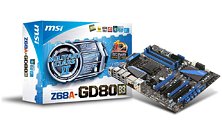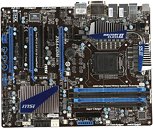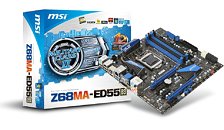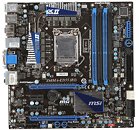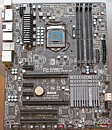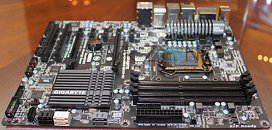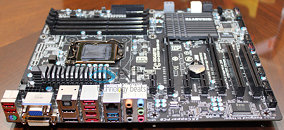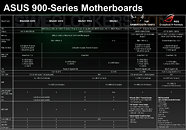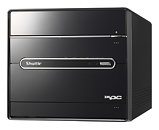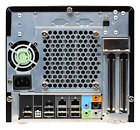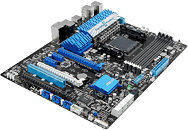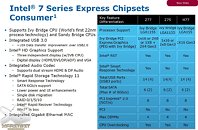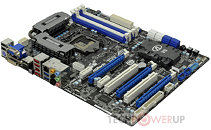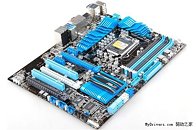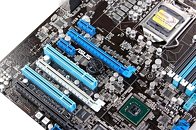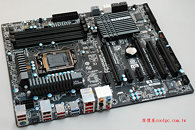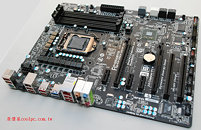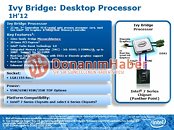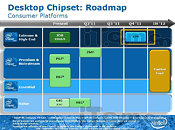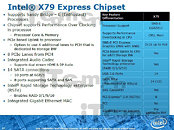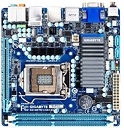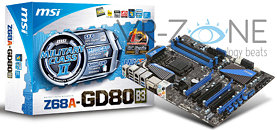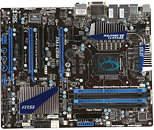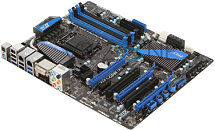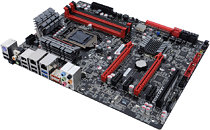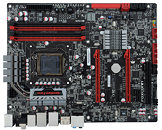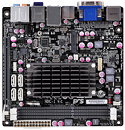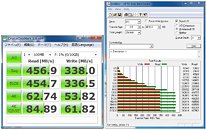
MSI Announces its Z68 B3 Series Motherboards
Internationally renowned mainboard and graphic card manufacturer MSI has officially launched the latest Intel-Z68 platforms for power users with uncompromising demands for both materials and performance. All Inte-Z68 mainboards from MSI are equipped with MSI-exclusive features: OC Genie II technology and Military Class II materials. The OC Genie II delivers a much more powerful OC performance than its previous generation: In simply one second, users can boost up to 145% system performance for 3D games and even up to 457% hard drive performance.
The industry-leading Military Class II electronics components, which meets the United States Department of Defense purchasing requirements to significantly enhance mainboard durability and lifespan, ensure optimal system stability in system OC. Integrating both features, the MSI Z68 mainboards enhance both system performance and system stability to fulfill the uncompromising demands of power users. Furthermore, they redefine the industry standards for high performance and premium quality.
The industry-leading Military Class II electronics components, which meets the United States Department of Defense purchasing requirements to significantly enhance mainboard durability and lifespan, ensure optimal system stability in system OC. Integrating both features, the MSI Z68 mainboards enhance both system performance and system stability to fulfill the uncompromising demands of power users. Furthermore, they redefine the industry standards for high performance and premium quality.
